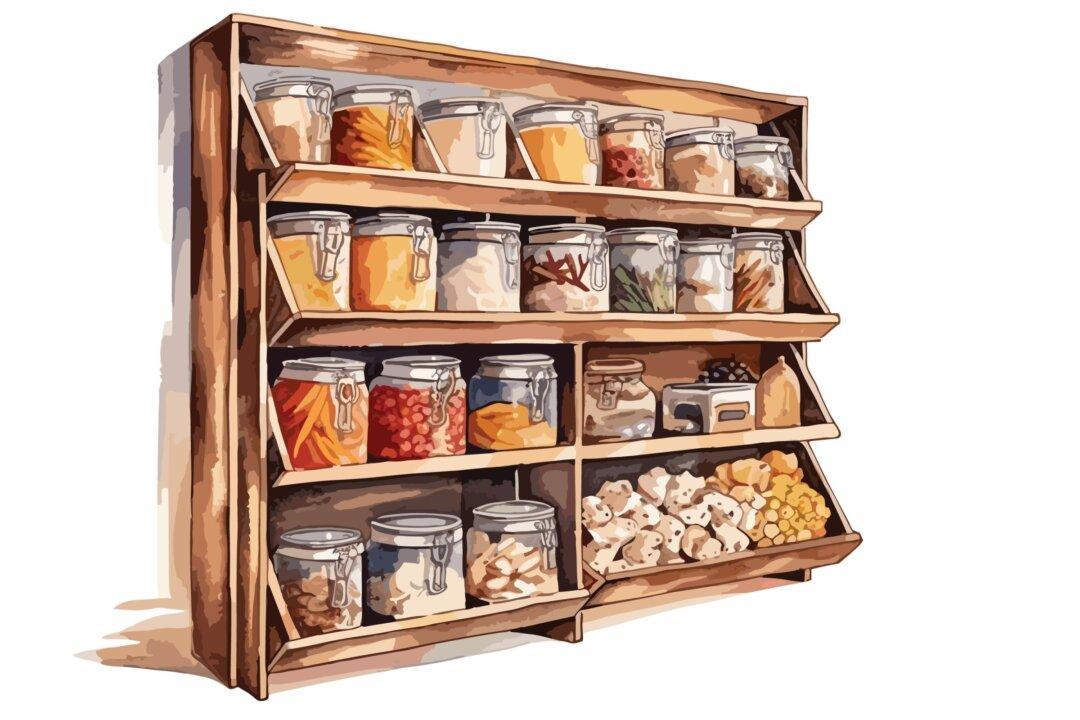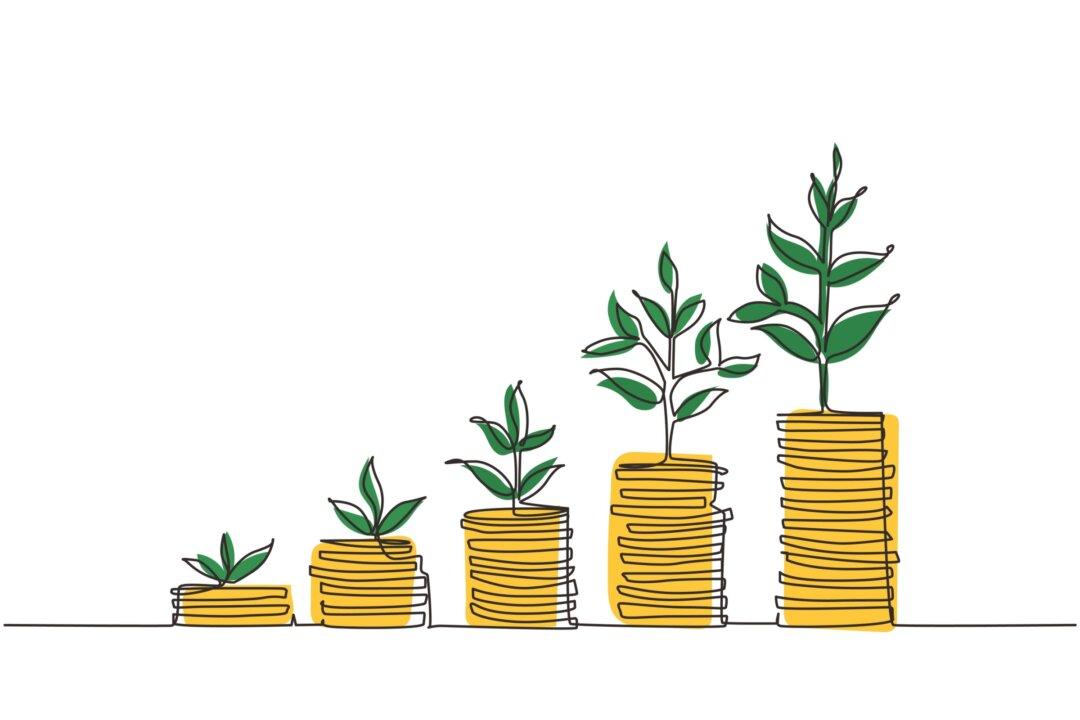TORONTO—Toronto is Canada’s largest city, an unacknowledged titan of industry and culture, being strangled by traffic.
The never-ending river of steel that courses through these streets washes away time and devours lives. It eats up the day, wears down nerves, and seems to put the entire city on edge. Toronto is the only place in Canada where people leap on their horn when the light turns green.
People joke that it is the most hated city in Canada. As I watch the city go through the paces of a municipal election, I wonder if more of that loathing comes from the people that live here or the people that don’t. Every candidate for mayor has campaigned heavily to address the traffic problem with transit or extra roads, and the louder they decry the horrid state of our streets, the more the polls seem to favor them.
As I live and breathe under this always-slightly-gray sky, and listen to speeches about subways and highways, it makes me wonder why they didn’t think ahead a little. A few more subway lines would have done wonders and it isn’t like they didn’t see the need. The 401 is the busiest highway in North America and average speeds during rush hour screech to mind numbing 23 miles an hour in some sections, down from 44 mph in 2006. And even that 23 mph can be generous, on many days you can cruise for miles in the single digits. The Organization for Economic Co-operation and Development estimates the time spent in traffic is costing Toronto’s economy $3.12 billion a year.
That isn’t just a problem for weary commuters.
Toronto and the cities that spread out from it are the economic engine of Canada. This region that crowds around the eastern curve of Lake Ontario is called the Golden Horseshoe, and it has pumped Canada to prosperity, some say at the cost of itself. The vast majority of Canada’s manufacturing happens here, and it is one of the few regions in the country where the economy is not directly dependent on natural resources.
{etrelated 43372, 42765}But many believe Toronto has not reaped the benefits of its contributions. That’s because Canada uses an equalization program to take money from rich provinces and give it to poorer ones, so we can all afford the same level of social programs and health care.
But in the meantime, Toronto has slipped. The region has been in a slow decline for decades as our mighty manufacturing sector evaporated to China. It used to be that each year, billions would be sent to other provinces but last year, for the first time ever, Ontario slipped onto the losing end of equalization payments and instead took a few hundred million from the national coffers.
By far the biggest beneficiary of equalization has been Quebec, the French-speaking province that consistently elects federal and provincial parties dedicated to separating Quebec from Canada.
Many Canadians call the transfer payments a bribe to keep the would-be separatists happy. The province has some of the best social programs in the country while Ontario’s Golden Horseshoe melts away. In Canada, the rich provinces now are the ones with oil and gas and our dollar rises and falls with the price of oil. But Ontario doesn’t have oil in quantities that matter.
But you can’t blame everything on equalization. Better planning, braver policy, and more prudent financial management likely would have done wonders. None of which helps when you’re crawling along the highway slower than you could jog. Well, good chance to learn a little patience, I guess. You can never have too much of that, and it might make a great export.
Opinion
Global Dispatches: Canada—Caught in the Iron River
On many days you can cruise for miles in the single digits.
|Updated:




